I sure enjoy ice fishing when the thick, solid ice arrives on frozen lakes and ponds in Nebraska, but I admit I don’t do much of it. Nevertheless, when there’s an invitation to go with seasoned ice-fishing veterans, you can bet that I will have my fishing permit, grab my current fishing regulation guide and jump at the opportunity. Hey, there’s fish to catch!
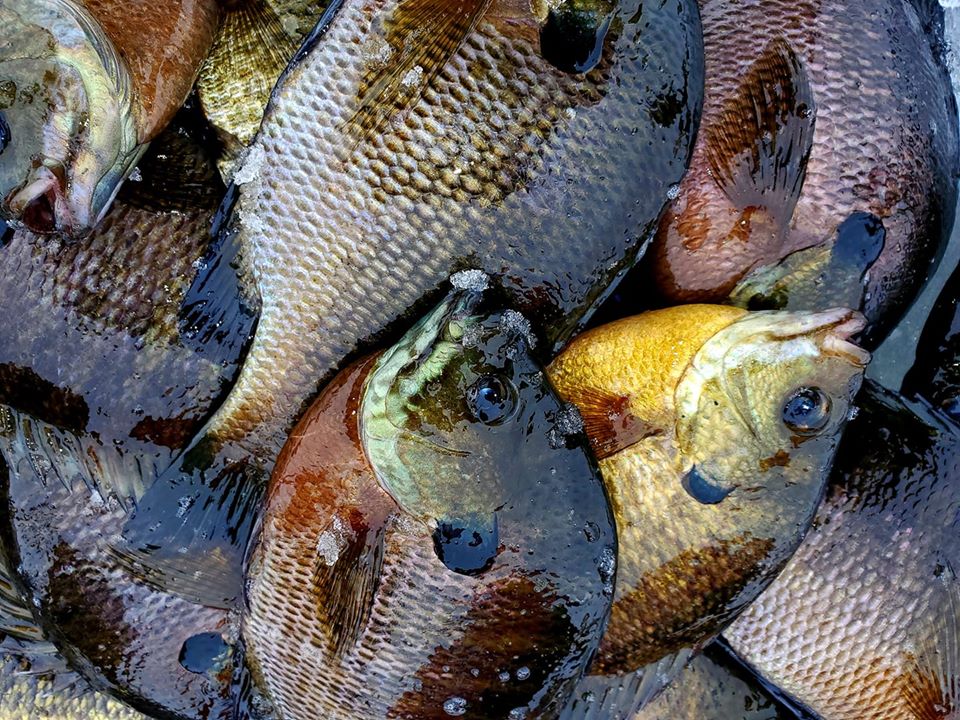
Such was the case a few years back when Ty Stromquist of Norfolk and his dad, Alan Stromquist of Oakland, invited me to ice fish with them on a northeastern Nebraska farm pond. Here’s what I learned from them.
Safety first: Drill test holes out to where you want to ice fish about every 20 to 30 feet or so and then follow them back to shore in the same direction when you are finished for the day. Some places may have currents or springs causing the ice to be thin, so be vigilant. Make sure you have at least 4 inches of hard, clear ice to support you. Don’t forget to wear ice cleats or ice creepers to avoid slipping and falling.
Warmth. Besides the obvious winter clothing to wear, the two best pieces of ice fishing gear for warmth an angler can have are high-quality, insulated winter boots that keep your feet warm and dry plus a good set of warm, waterproof gloves or a fleece muff with hand warmers in it. Your feet are always going to be connected to the ice so they can easily get cold. With ice fishing your hands can really get cold, too, as you rig, bait your hook, handle fish, etc.
Grab a bucket: The 5-gallon bucket is a critical component for your ice-fishing operation. Simple to tote or transport, that bucket fits on a sled, will keep your bait fresh, store tackle, carry snacks, drinks and extra clothing, and can provide you with a seat.
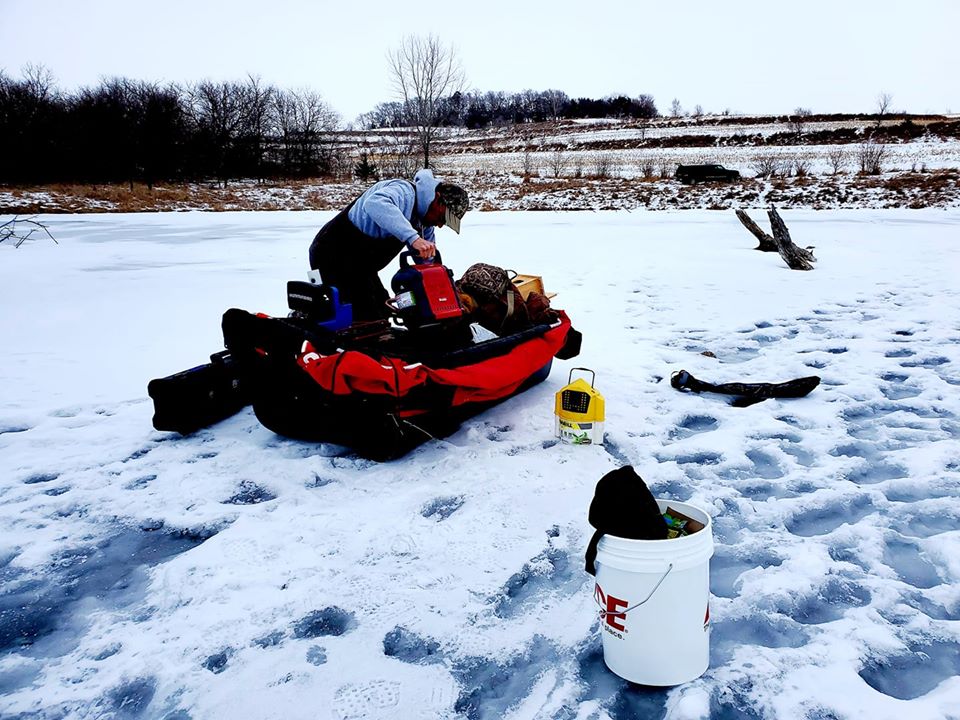
Invest in a shelter: The portable ice-fishing shelter is one of the greatest inventions ever. The days of cold feet and hands, blowing snow and ice-covered lines are gone with a shelter that looks like a tent and contains a bench with backrests. Small propane heaters can be simply placed in the shelters, as well.
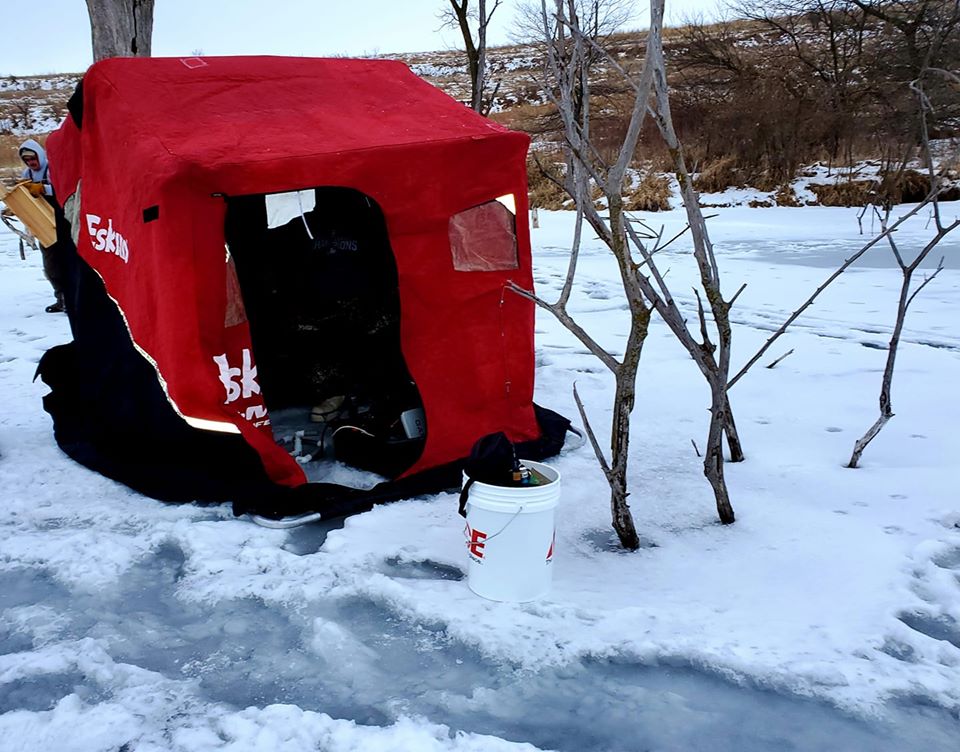
Keep drilling those holes: The practice of drilling multiple, staggered holes across a key fishing area is known as “ice trolling.” This is a time-efficient strategy for locating active fish, particularly near cover or structures. Even though fish like bluegill and crappie school and move around under ice, it doesn’t do any good to keep fishing in one place if you’re not getting any bites.
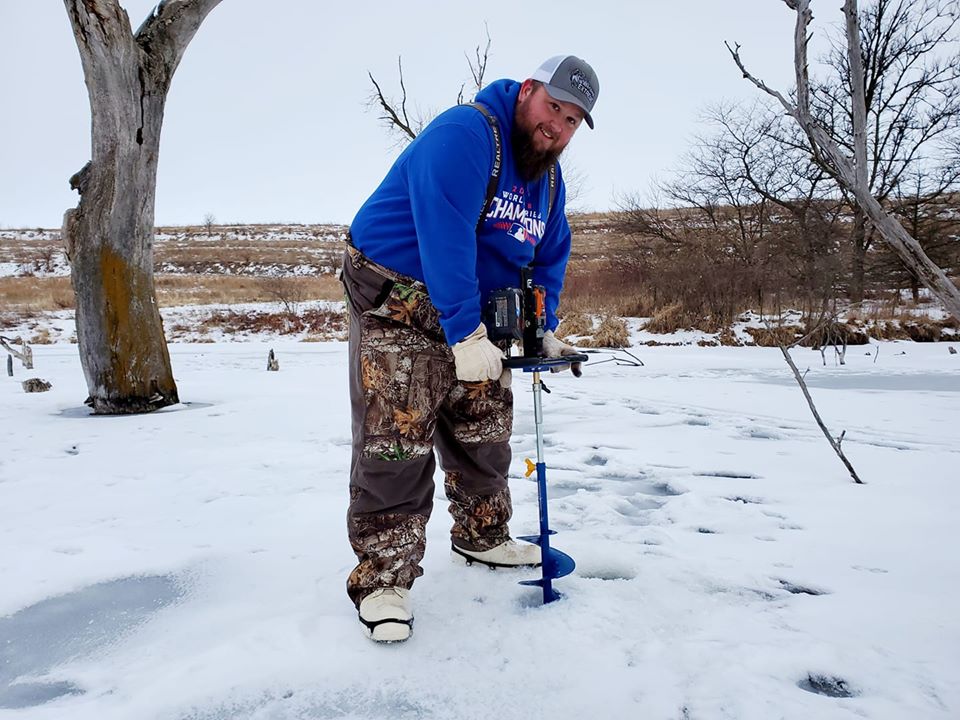
Modern technology: Color sonar flasher units are the commonest tool ice anglers use to locate fish, and they are amazing. The underwater camera systems are truly awesome and add another vivid dimension to ice fishing.
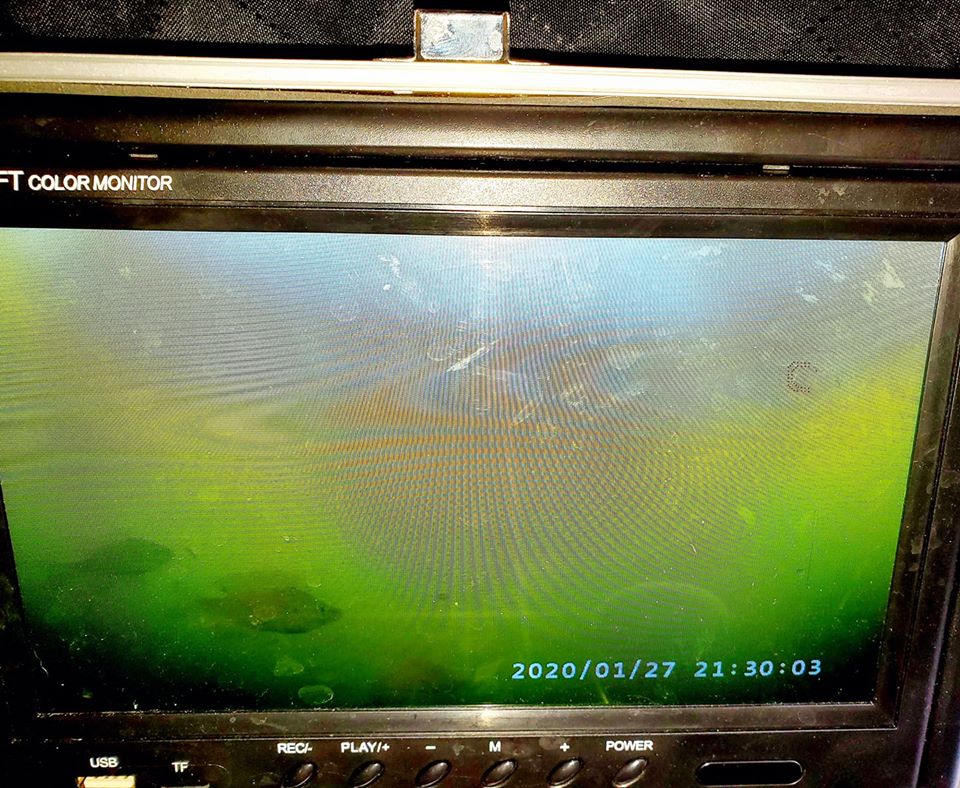
Work fish from above, not below: Fish tend to see better looking up rather than peering down, even with ice cover. If your bait is positioned above the fish, they are more apt to see the silhouette of it and consume it. Also, by keeping your bait above the fish you’re targeting, you are less likely to spook the other fish around them.
Jigging presentation: A basic ice-fishing jig presentation includes a lift-and-drop sequence, or a series of drops followed by a pause. Let the fish dictate to you what they want. Vary your rod motion and your bait’s position in the water column often until you find out what the fish prefer to eat that day.
Did I mention how fun jigging through the ice for panfish is?
Remember, whether you’re new to ice fishing or an avid ice angler, there’s always knowledge to be gained.
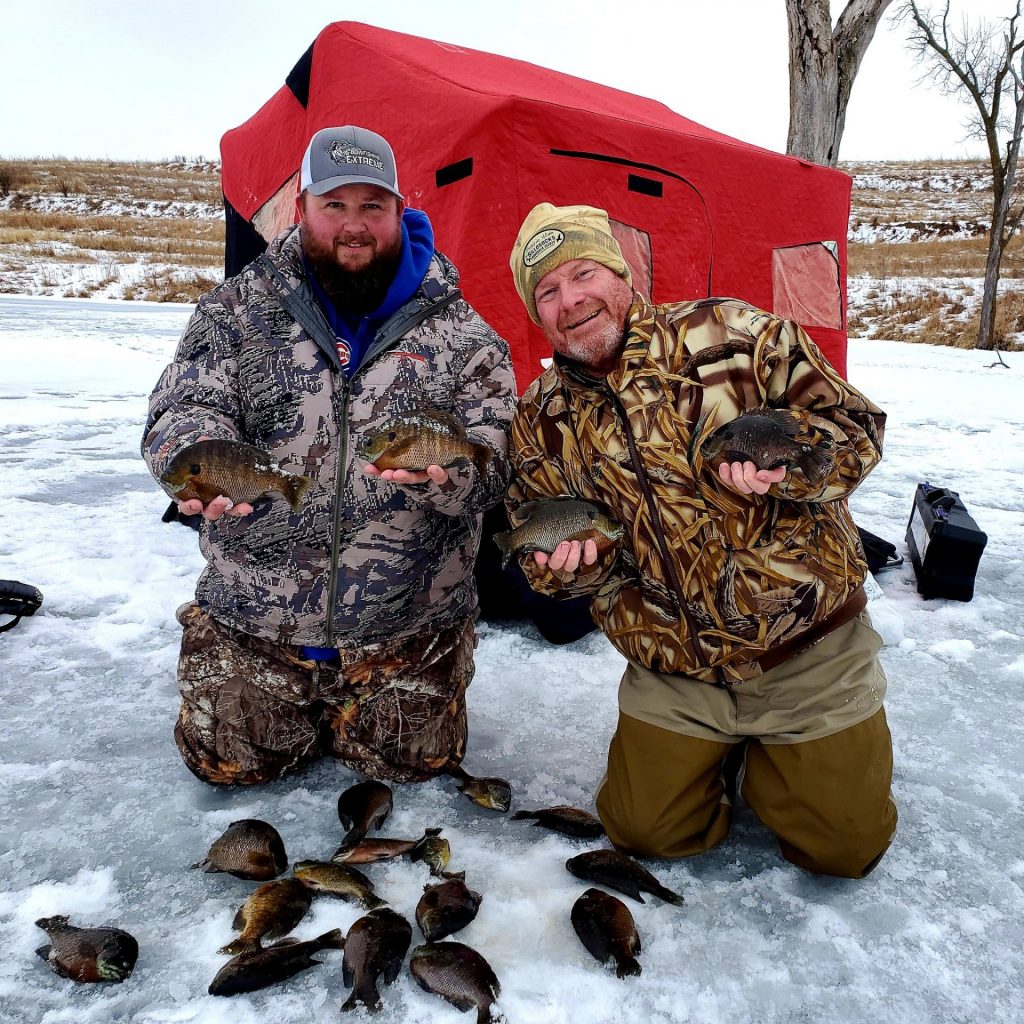
The post How to be safe, comfortable and successful fishing on the ice appeared first on Nebraskaland Magazine.
















